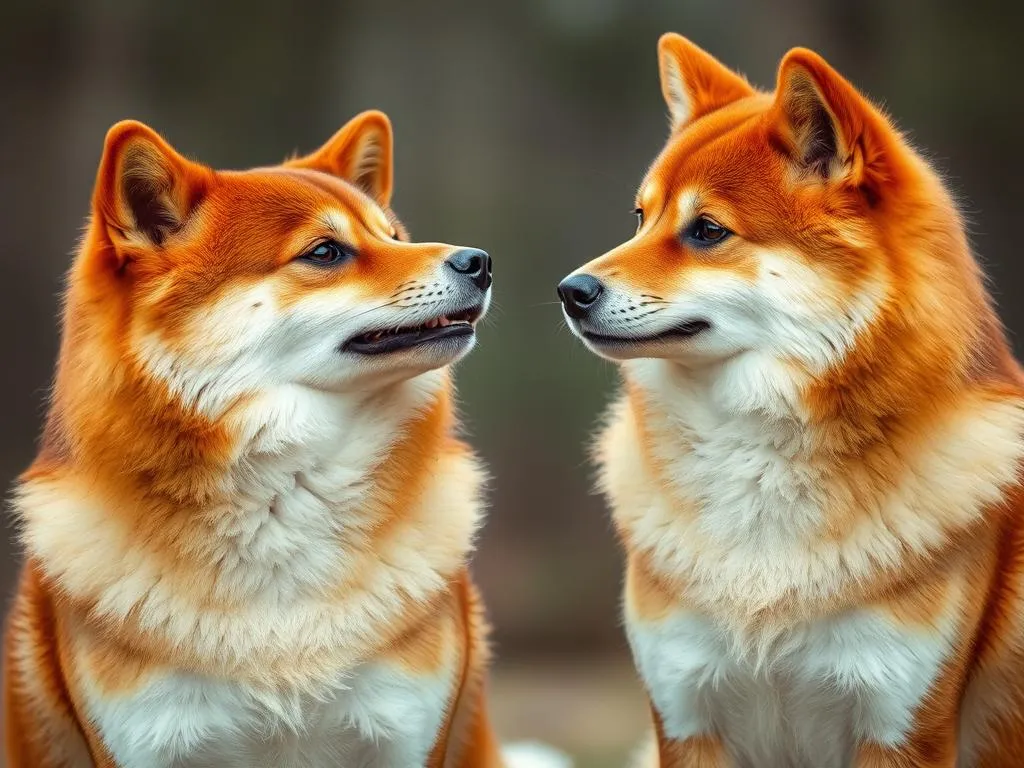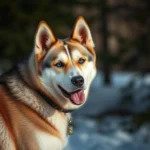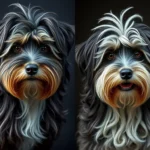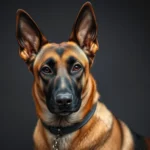
The world of dog breeds is vast and diverse, with each breed boasting its own unique characteristics, history, and appeal. For potential dog owners, choosing the right breed is crucial, as it can significantly impact their lifestyle and companionship experience. Among the many breeds available, the Finnish Spitz and Shiba Inu stand out for their distinctive traits and cultural significance. In this article, we will delve into a comprehensive comparison of these two unique breeds, exploring their origins, physical characteristics, temperament, health considerations, living requirements, and the pros and cons of each breed.
Overview of the Breeds
Finnish Spitz
The Finnish Spitz has a rich history deeply rooted in Finnish culture. This breed is often referred to as the national dog of Finland. Its ancestry can be traced back to ancient hunting dogs that roamed the forests of Finland. Traditionally, Finnish Spitz were used for hunting small game, such as birds and squirrels, and they were esteemed for their keen sense of smell and impressive barking abilities, which were essential for alerting hunters.
Physically, the Finnish Spitz is a medium-sized dog, typically weighing between 20 to 35 pounds. They have a striking double coat that can range from golden-red to light yellow. Their distinctive features include pointed ears and a bushy tail that curls over their back. This breed is known for its fox-like appearance, which adds to its charm.
When it comes to temperament, the Finnish Spitz is known for its playful and energetic nature. They are loyal companions who enjoy being part of family activities. While they can be independent thinkers, they are also affectionate and often form strong bonds with their families. Socialization from a young age is crucial to help them become well-rounded pets.
Shiba Inu
Originating from Japan, the Shiba Inu is one of the oldest and smallest native Japanese breeds. Historically, they were used for hunting and were prized for their agility and keen hunting skills. The breed’s name translates to “small dog” in Japanese, and they were originally bred to hunt small game in mountainous areas.
The Shiba Inu is compact and muscular, weighing between 17 to 23 pounds. They have a thick double coat that can come in various colors, including red, sesame (red with black-tipped hairs), black and tan, and cream. Notable physical features include their erect triangular ears and a curled tail that gives them a distinctive profile.
In terms of temperament, the Shiba Inu is known for its spirited personality and confidence. They are intelligent and can be quite independent, sometimes leading to a stubborn streak. While they are typically affectionate with their families, they can be aloof or reserved around strangers. Early training and socialization are essential for this breed to thrive in a home environment.
Comparison of Finnish Spitz and Shiba Inu
Physical Characteristics
When comparing the Finnish Spitz and Shiba Inu, one of the most noticeable differences lies in their size. The Finnish Spitz is generally larger and more robust than the Shiba Inu, making it more suitable for families looking for a medium-sized dog.
Both breeds have unique coat types that require regular grooming to maintain their appearance. The Finnish Spitz has a longer, fluffier coat that can trap dirt and debris, necessitating more frequent brushing, especially during shedding seasons. In contrast, the Shiba Inu has a coarser coat that is easier to manage, although it still sheds moderately.
Distinctive features also set the two breeds apart. The Finnish Spitz has a more fox-like face, while the Shiba Inu exhibits a more wolf-like appearance. Their ear shapes differ as well; the Finnish Spitz has pointed ears that stand erect, while the Shiba Inu has triangular ears that are also erect but have a slightly softer appearance.
Temperament
Energy levels can vary significantly between these two breeds. The Finnish Spitz is known for its playful and energetic demeanor and requires plenty of exercise to remain happy and healthy. They enjoy running and playing, making them ideal companions for active families.
On the other hand, the Shiba Inu possesses a moderate energy level. While they enjoy playtime, they can also be content lounging around the house, making them versatile for various living situations. However, both breeds thrive on mental stimulation and require regular interaction to prevent boredom.
When it comes to interacting with children and other pets, both breeds can do well with proper socialization. The Finnish Spitz tends to be more playful and tolerant, while the Shiba Inu may exhibit a more cautious approach, especially with unfamiliar animals.
In terms of trainability, the Finnish Spitz is intelligent but can be stubborn, requiring consistent and positive reinforcement training methods. The Shiba Inu is also intelligent but is known for its independent nature, which can make training a challenge. Both breeds benefit from early socialization and obedience training.
Health Considerations
Understanding potential health issues is vital when choosing a breed. The Finnish Spitz is generally a healthy breed, but they can be prone to certain conditions, such as hip dysplasia and patellar luxation. Their lifespan typically ranges from 12 to 15 years, and regular vet check-ups are essential for early detection and prevention of health issues.
Similarly, the Shiba Inu has a good overall health profile, but they may face health concerns like hip dysplasia, eye problems, and allergies. Their lifespan is comparable to that of the Finnish Spitz, often ranging from 12 to 16 years. Routine vet visits and preventive care are crucial for maintaining their health.
Living with a Finnish Spitz vs. Shiba Inu
Exercise Requirements
Both the Finnish Spitz and Shiba Inu require regular exercise to stay healthy and happy. The Finnish Spitz, being a more energetic breed, typically needs at least 60 minutes of exercise each day. Activities such as running, hiking, or playing fetch are ideal for this breed.
In contrast, the Shiba Inu can thrive on 30 to 60 minutes of daily exercise. They enjoy walks, playtime, and mental challenges, such as puzzle toys. Finding a balance between physical and mental stimulation is key for both breeds.
Training and Socialization
Training approaches differ slightly for the Finnish Spitz and Shiba Inu. For the Finnish Spitz, positive reinforcement methods work best. This breed responds well to rewards, so incorporating treats and praise during training sessions can enhance their learning experience.
For the Shiba Inu, consistency and patience are essential. Their independent nature may lead them to test boundaries, so firm but gentle guidance is necessary. Early socialization is important for both breeds to help them develop into well-adjusted adults.
Adaptability to Living Environments
When considering living environments, both breeds can adapt to various settings. The Finnish Spitz does well in homes with a yard where they can run and play, but they can also live in apartments if provided with ample exercise. They can be vocal, so potential owners should consider noise levels in apartment living.
The Shiba Inu is also adaptable and can thrive in smaller spaces, provided they receive sufficient daily exercise. They are known for being relatively quiet, but they can still bark occasionally, particularly if they perceive a threat or are bored.
Pros and Cons of Each Breed
Finnish Spitz
Pros:
– Loyal and affectionate, making them great family companions.
– Energetic and playful, ideal for active households.
– Generally good with children and other pets when properly socialized.
Cons:
– Independent nature may lead to stubbornness during training.
– Requires more grooming due to their longer coat.
Shiba Inu
Pros:
– Clean and low-shedding, often referred to as one of the cleaner dog breeds.
– Intelligent and alert, making them excellent watchdogs.
– Adaptable to various living situations.
Cons:
– Can be stubborn, making training a challenge.
– May be aloof with strangers, requiring early socialization.
Conclusion
In comparing the Finnish Spitz vs Shiba Inu, we see two distinct breeds, each with its own unique characteristics and appeal. The Finnish Spitz is a loyal, energetic dog that thrives in active households, while the Shiba Inu is a confident, intelligent breed that can adapt to a variety of living environments.
Choosing the right breed ultimately depends on your lifestyle, preferences, and the amount of time you can dedicate to training and socializing. It is essential to conduct thorough research and consider adopting from shelters or breed-specific rescues to find the perfect match for you and your family. With the right fit, either of these breeds can bring joy, companionship, and a unique personality to your home.









